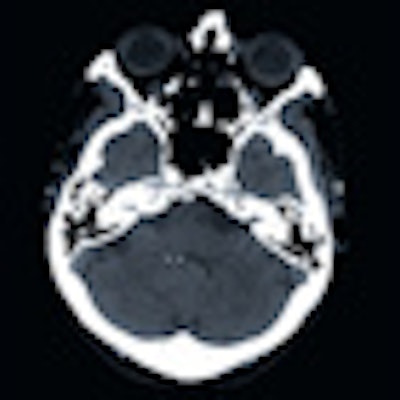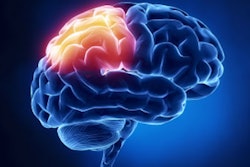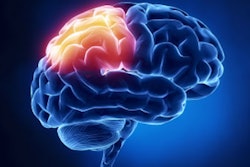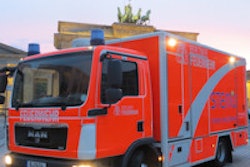
Emergency brain CT scans are often requested for elderly patients with neurological deficits, acute cognitive disorders, or head trauma. Clinical signs of intracranial pathology are sometimes obvious but are more often lacking, French researchers have found.
"Moreover, altered sensorium and delirium may wrongly lead the physician to suspect a neurological cause when a drug or a non-neurological disorder is responsible," noted lead author Dr. Julien Segard, from the emergency department at the University Hospital Hotel Dieu of Nantes, France, and colleagues. "In the case of head trauma, old age is often considered as a risk factor of intracranial hemorrhage."
Predictive factors for intracranial bleeding are localizing signs, disorders of consciousness with a Glasgow Coma Scale score of less than 14, head trauma, sudden-onset headache, or headache associated with at least two episodes of vomiting, they stated in the European Journal of Emergency Medicine (February 2013, Vol. 20:1, pp. 51-53).
The researchers sought to determine why urgent CT brain scans are requested, to record the diagnostic yield of cerebral imaging, and to seek out predictive factors of an intracranial pathology. In their retrospective study, 291 patients ages 75 years and older were admitted to the emergency department and underwent a brain CT scan. Seventy percent were considered to have a new-onset intracranial pathology: 112 ischemic strokes, 34 transient ischemic attacks (TIA), 35 intracranial hemorrhages, five symptomatic intracranial tumors, one pneumocephalus, and 17 seizures unrelated to the previous conditions.
Of all the scans, 79.7% were abnormal, 33% showed recent or semirecent pathological images that explained the patient's symptoms, and 46.7% revealed ischemic sequelae or nonspecific abnormalities.
There was no significant difference between the intracranial pathology group (ICP) and nonintracranial pathology (NICP) group in terms of age, sex, place of living, major cardiovascular risk factors, diabetes, dyslipidemia, history of ischemic stroke or TIA, or consumption of antiplatelet or anticoagulant drugs. The only significant difference was in terms of psychotropic drug consumption with a higher use in the NICP group.
"Our data suggest that in our elderly population there is no typical patient profile when concerned with the risk of having an intracranial pathology," the researchers wrote. "Is the main predictive factor of an intracranial pathology simply old age?"
The three main reasons for requesting an urgent CT brain scan were the presence of localizing signs (60%), delirium (21%), and disorders of consciousness with a Glasgow score of more than 14 (14.5%), according to the authors. The presence of a localizing sign was more frequently observed in the ICP group, whereas the presence of delirium with no focal neurological deficits was more often found in the NICP group.
"Delirium with no focal neurological deficits is a common reason for requesting a CT brain scan, but it has a very low diagnostic yield," they wrote. "The French guidelines regarding delirium in elderly patients recommend CT scan imaging only after a full clinical workup, which includes routine biology, electrocardiogram, chest radiograph, and urine dipstick."
Cerebral imaging is required immediately, however, if the patient presents with focal neurological signs, head trauma, or sudden-onset headache.
Segard and colleagues found in a logistic regression analysis of the intracranial hemorrhage subgroup (35 patients) that focal neurological signs, disorders of consciousness with a Glasgow score of less than 14, sudden-onset headache or headache associated with at least two episodes of vomiting, and head trauma were predictive factors of hemorrhage.
The main limitation of the study was its retrospective nature, according to the authors: "Indeed, some data could be missing from the [emergency department] charts and the hospital discharge reports," they wrote. "Furthermore, the multivariate logistic regression was made from the intracranial hemorrhage subgroup, which included only 35 patients."
More prospective research is needed to determine the place of urgent brain imaging, especially in elderly patients with delirium, the researchers concluded. "It would be particularly interesting to develop a new imaging algorithm to help clinicians."



















